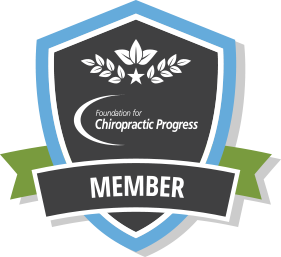Over
time the human body can and will experience static malalignments that alter the
optimal resting length and tension of the muscles within the musculoskeletal
system. Common static malalignments include joint fixation and myofascial
adhesions that lead to or can be caused by poor posture.
Joint
dysfunction (a.k.a. hypomobility) is one of the most common causes of pain in the
human body.[1]
[2]
Once a joint has lost its normal range of motion, the muscles around that joint
may tighten to minimize the stress at the involved segment (altering the length-tension
relationship) or become overactive to prevent movement and further injury (altering the force-couple
relationships).[1] [2] This process initiates the cumulative injury
cycle which subsequently alters normal movement patterns and leads to
structural and functional inefficiency.[3]
[4]
[5]
The doctors at Life
in Motion Chiropractic & Wellness have been specifically trained to
assess and treat joint
dysfunction, myofascial
adhesions, as well as a variety of
other musculoskeletal disorders. The goal of treatment at Life in Motion
Chiropractic and Wellness is to restore balance, flexibility, and control which
instills self-efficacy and helps to keep your body moving naturally, feeling
good, and aging well.
To
learn more visit us at LifeInMotionChiro.com
[1]
Janda V. Muscles and Motor Control in Cervicogenic Disorders. In: Grant G, ed.
Physical Therapy of the Cervical and Thoracic Spine . New York, NY: Churchill
Livingstone; 2002:182-199.
[2]
Lewit K. Muscular and articular factors in movement restriction. Man Med .
1985;1:83-85.
[3] Sahrmann
SA. Diagnosis and Treatment of Movement Impairment Syndromes . St. Louis, MO:
Mosby; 2002.
[4] Chaitow
L. Muscle Energy Techniques . New York, NY: Churchill Livingstone; 1997.
[5] Sahrmann
SA. Does postural assessment contribute to patient care? J Orthop Sports Phys
Th er . 2002;32:376-379.


